Welcome to GMs Corner. A new curated collection of opinion pieces from our local GMs.
Hello!
Welcome to the first installment of the GM’s Corner here at Dice Dungeons. This will be a section where we discuss GM things; from how to get over your anxiety as a first time GM to tips and tricks even pros can use.
This time, I have been specifically asked to talk about a subject that I am very passionate about, and have only seen discussed in one buried thread in some orphaned forum somewhere:
You are rolling your d100 rolls wrong.
Now, it’s probably not your fault; these things get passed on from GM to player, and then from player to other players… like some sort of transferable disease. Don’t understand what you’re doing wrong? Let me show you.
Ok, First off, I’m talking about rolling a percentile die along with a d10. If you’re rolling an actual d100, well, this discussion isn’t for you. Let’s look at our dice, shall we?
The d10 is a pretty common damage die used in various RPGs, ranging from a d20 system like Dungeons & Dragons to 2d6 systems like those using the Powered by the Apocalypse engine. Let’s go over what each side means when rolling it in this context, shall we?

Now, let’s take a look at the percentile die. This has a very similar numbering scheme to the d10, with one very important distinction: there is an additional 0 after each number. These are used to denote the zeroes, tens, and nineties place.

Now, you might be saying, “Uh, yea. Obviously. This is a dumb article written by a dumb-o”. Well, let’s just reserve that judgement until after this next bit, ok?
So, in order to get a d100 roll without using an enormous golf ball of a die, we roll a percentile die and a d10 and add the result, right?
For instance, this is 37.

And this is 82.

And this is 69. Nice.

But what, I ask you, would you call the following roll?

Every single person I know would call this roll a 50. You’re treating the 0 on the d10 as an actual 0. OK. So, then I ask of you, what is the following roll?

Well, that’s obviously a 7. You have 00 on the percentile, and a 7 on the d10. It can only be a 7. It sure as heck isn’t 107, right? Because that’s outside of the range of the d100 roll, right? Because a d100 roll is from 1-100, right?
Everything I’ve shown you so far is fine.
Or it would be, if it weren’t for one little thing…
You see, you cannot treat both the 0 on a d10 as a zero and the 00 on the percentile die as the ‘zero’s place marker’.
It works for the most part, sure. A 10 would be a 10 and 0 on the percentile and d10. Same works for 20, 30, etc…
But, dear friends, how do you roll a 100 this way?
Most people would say a 00 on the percentile and a 0 on the d10. BUT, given the facts I’ve just carefully laid out, that violates the rules you determine the rest of your rolls by. A 00-0 roll would, technically, be a straight up zero.
Instead of a 1-100 scale, you’ve made yourself a 0-99 scale.
“Oh God, you’re right! How could we have been so stupid? How can we possibly repair this travesty?!” you cry out. Well, I’m benevolent enough a GM that I wouldn’t destroy your world view if I didn’t have a better one to replace it with. And, honestly, it’s pretty simple:
TREAT THE d10 THE SAME WAY YOU’VE ALWAYS TREATED IT.
This way, everything works out perfectly. You can’t roll a zero; a 00-0 roll would be a 10. A 00-1 would be a 1. 90-0 is the coveted 100 roll. Sure, a 40-0 roll being a 50 isn’t immediately obvious, but this is the only internally consistent method I can see here.
-----
Maybe you don’t want to change. That’s fine; change is hard. But know, fellow GMs and players, that the method you’re using is invalid. You’re changing the rules for different cases.
In a world where consistency in rules and mechanics is required, why too wouldn’t it be required when rolling the dice?

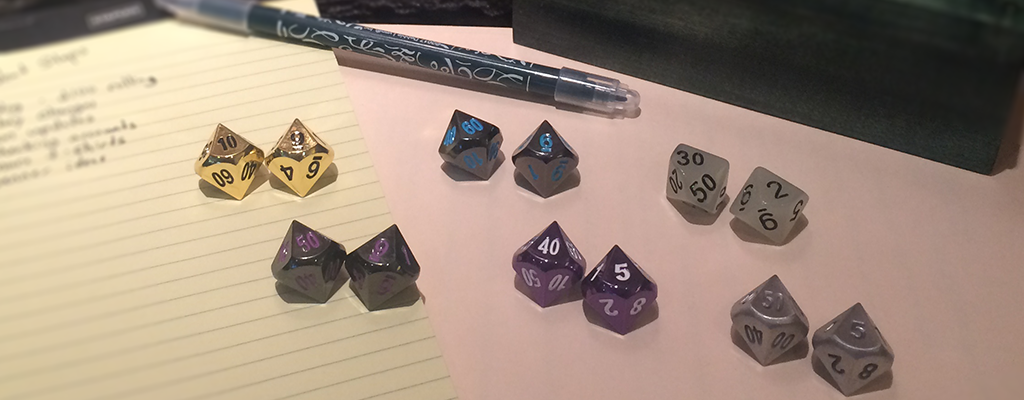
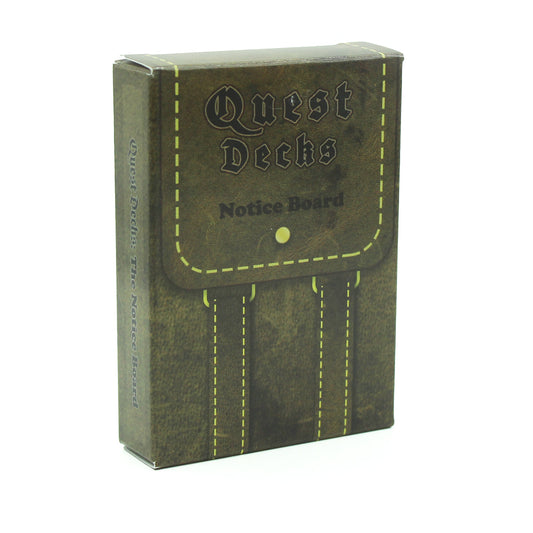
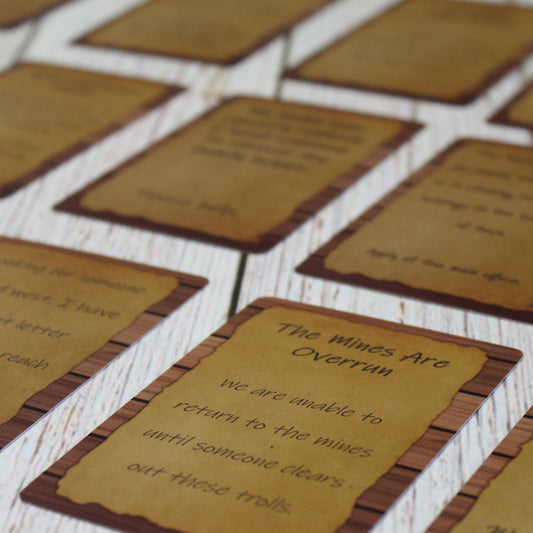
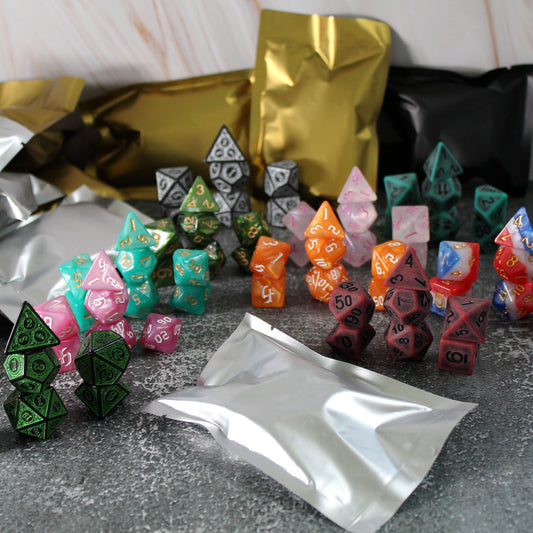

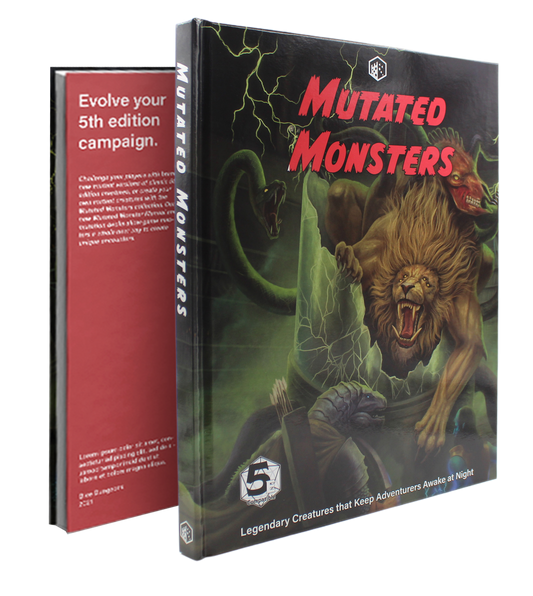
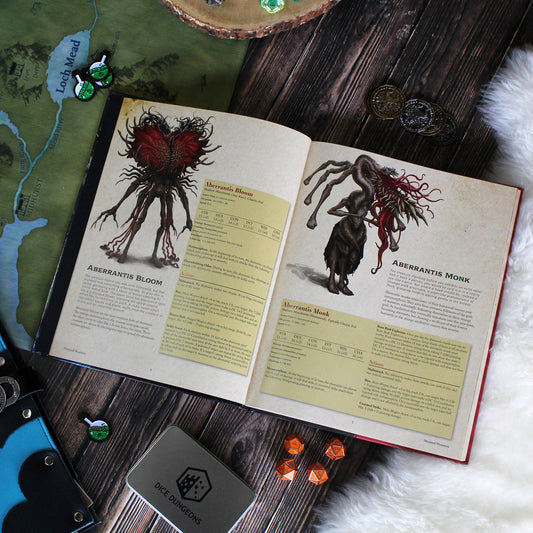

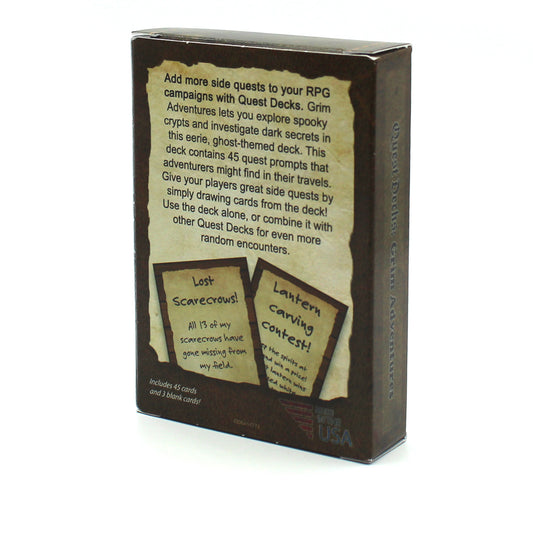
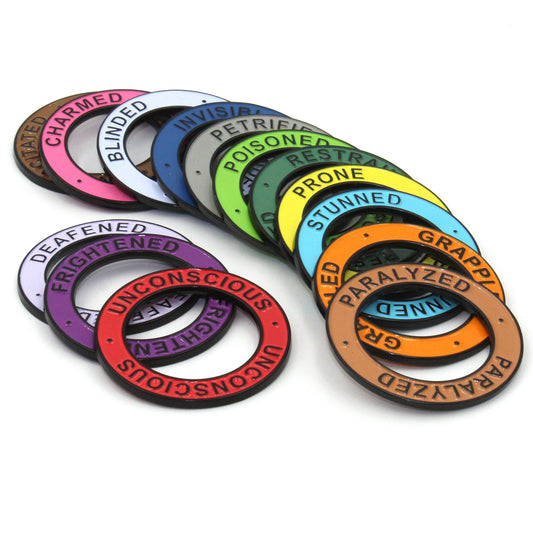
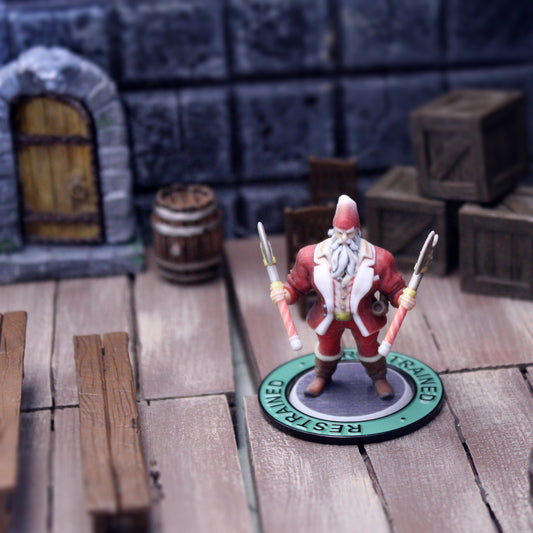
129 comments
There’s a reason that percentile dice only go up to 90, and it’s because you’re adding 10 to it afterward.
If your D10 measure 0-9, get new dice, that is stupid. 1-10 it should read.
A 90 + a 9=99. A 90+ a 10 = 100. Not hard.
let’s do simple math
one dice is for the tens and the other is for the unit
“00” is “0” tens
“0” is “0” units
“30” is 3 tens
“6” is 6 units
to get the result you simply add the 2 values together
00+0 = 0
30+6 = 36
simple math
now if the range you have on the roll result posibilities does not have a 0 but does have a 100 you simply use 0 as 100
Hmm if you just treat 00-0 as a 100 and the rest as themselves it would be much simpler though. If it can’t be a zero, then make it a 100.
The rolls as stated are currently very easy: In any roll where you are rolling a die or set of dies where you get an invalid zero as the total, it’s actually the highest possible number.
You don’t try to mentally rewrite what each dice says as you roll it, you just do it once at the end on the total! This not only completely consistent as a rule, it’s less work than changing each roll!
Telling players, any players, that ‘No, rolling a 0 on this dice is always 10’, so add ten even when rolling d100, is…not something they are going to remember.
But they can’t get a total of 0, so having that as a sole exception means it will always get noticed and corrected. Anyone announcing a zero on a d100 roll will get immediately told ‘No, that’s a 100’., just like they now get told ‘No, that’s a 10’ if they say a d10 roll wrong.
With what you suggest, they’re going to roll a 6 and 0 and call it a 60. Or…forget, and then remember after they announce it. It’s incredibly easy to not pay attention or have new players that don’t understand this ‘rule’, as opposed to the DM always catching the singular exception and saying ‘You actually mean 100’.
This is treating this issue like its super inconsist but honestly, an exception for 1 roll out of 100 possibilities doesn’t really sound unreasonable